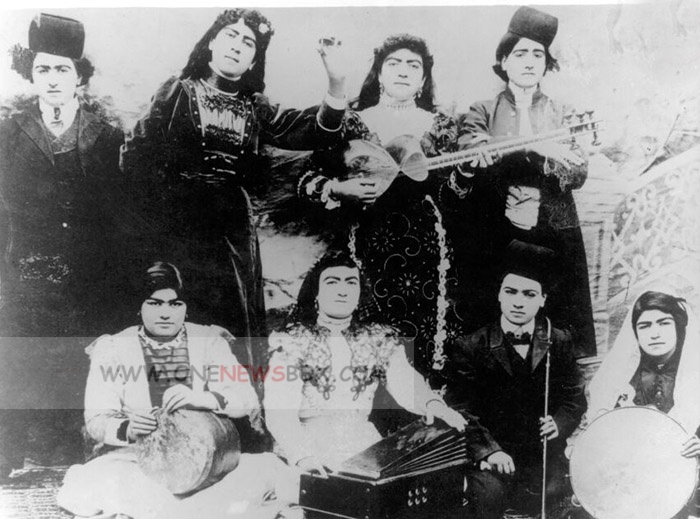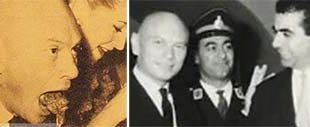Foreign interference in domestic affairs was curtailed, and foreign trade was encouraged. Public works such as the bazaar in Tehran were undertaken. Amir Kabir issued an edict banning ornate and excessively formal writing in government documents; the beginning of a modern Persian prose style dates from this time. In other cases, the cross-dressing might have been a form of artistic play or coded symbolism, perhaps commissioned by photographers or patrons interested in exploring gender fluidity or humor in portraiture.
The poses often blend masculine postures with feminine gestures, creating a fascinating visual ambiguity. The photographs of “male-dressed” women during the Qajar period remain powerful and thought-provoking. They remind us that even in restrictive historical contexts, art and self-representation could serve as quiet acts of defiance, humor, or curiosity.

